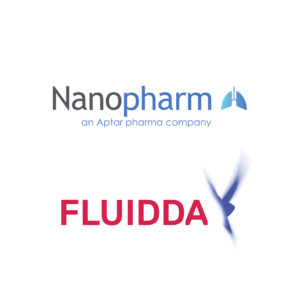Nasal drug delivery systems have garnered significant attention in recent years due to their potential to revolutionize drug administration. Among the key players in this field are nanoparticle systems, offering a stable platform for therapeutic agents, especially biologics like nucleic-acid-based therapies. In this article, we explore the advantages of nanoparticle systems in drug delivery, their formulation methods, and the growing interest in intranasal delivery for various applications.
Nanoparticle systems provide several distinct advantages for drug delivery. They offer high encapsulation efficiency, protecting the therapeutic molecule against enzymatic degradation. Additionally, these systems possess inherent adjuvant properties, enhancing immunogenicity for RNA and DNA vaccines. Furthermore, nanoparticle systems improve the pharmacokinetic profile by avoiding renal excretion and clearance via the mononuclear phagocyte system (MPS). Compared to viral vectors, they induce a reduced immune response, lowering the risk of adverse effects. They also offer low toxicity and controlled, sustained release of large payloads.
Formulating nanoparticle systems for intranasal delivery involves several methods, including lipid dissolution in ethanol to create lipid nanoparticles (LNPs) through self-assembly. Microfluidic mixing processes, such as hydrodynamic flow focusing and T-junction mixing, enable precise control of particle size, distribution, and encapsulation efficiency. Particle size plays a crucial role in in vivo performance, with bulk processes like self-assembly yielding larger, polydisperse particles. However, they lack control over mixing time and require more downstream processing, reducing yields and increasing costs.
Intranasal drug delivery using nanoparticle systems offers rapid absorption, bypassing hepatic first-pass metabolism and providing a non-invasive, patient-friendly option. The current focus on intranasal delivery stems from the need to combat airborne respiratory viruses like SARS-CoV-2. Nasal delivery activates the mucosal immune system, making it ideal for vaccines and antiviral therapies. Moreover, it offers a promising pathway for treating Central Nervous System (CNS) conditions, bypassing the blood-brain barrier, and exploring gene editing technologies like CRISPR-Cas9 for targeted gene therapies.
However, realizing the full potential of intranasal delivery requires addressing various challenges, such as formulating nanoparticles and ensuring stability, bioavailability, and compatibility with nasal characteristics. Regulatory agencies will play a crucial role in evaluating safety and efficacy, potentially necessitating guidelines specific to intranasal delivery and nanomedicine products.
This article highlights the exciting potential of nanoparticle systems in intranasal drug delivery and emphasizes the importance of precise formulation to harness their benefits fully.


